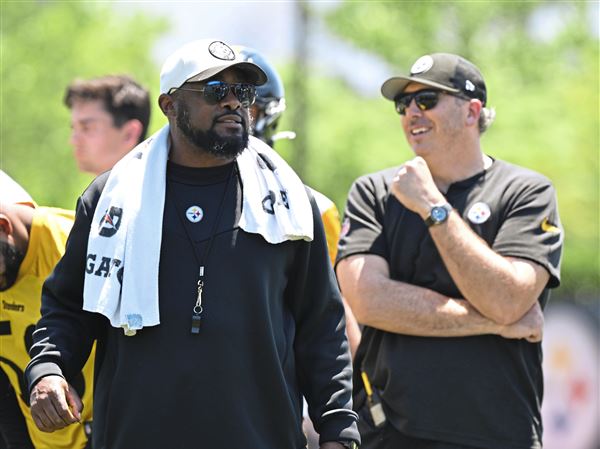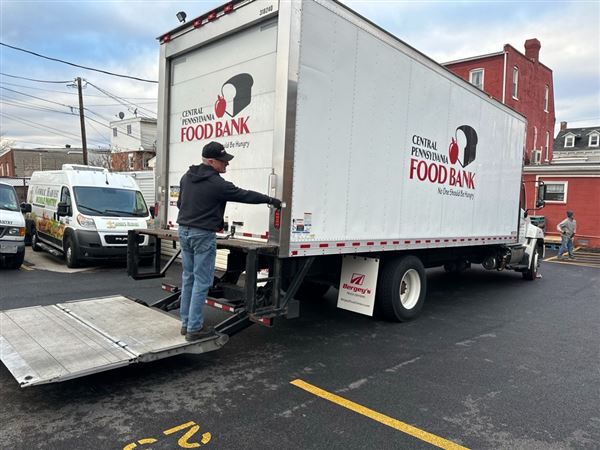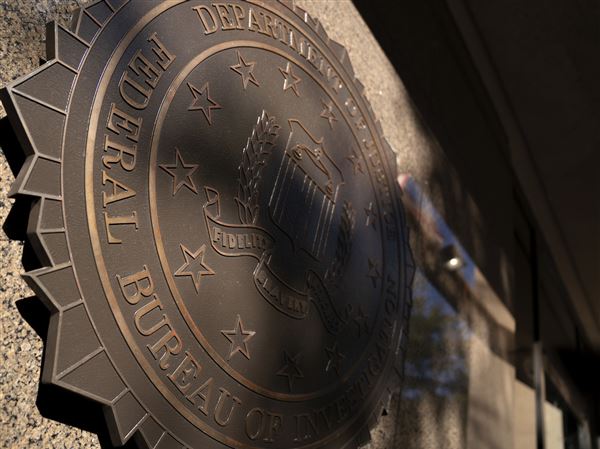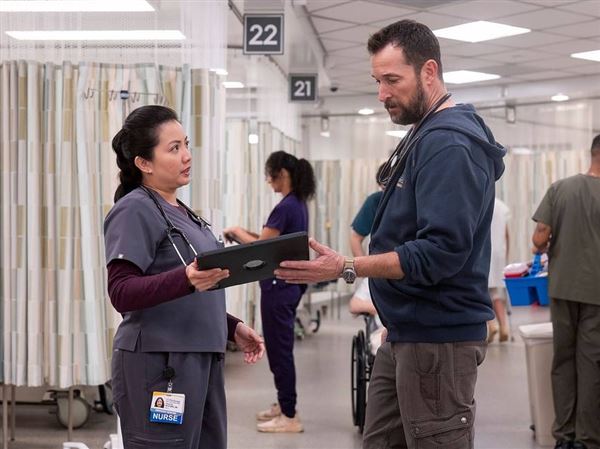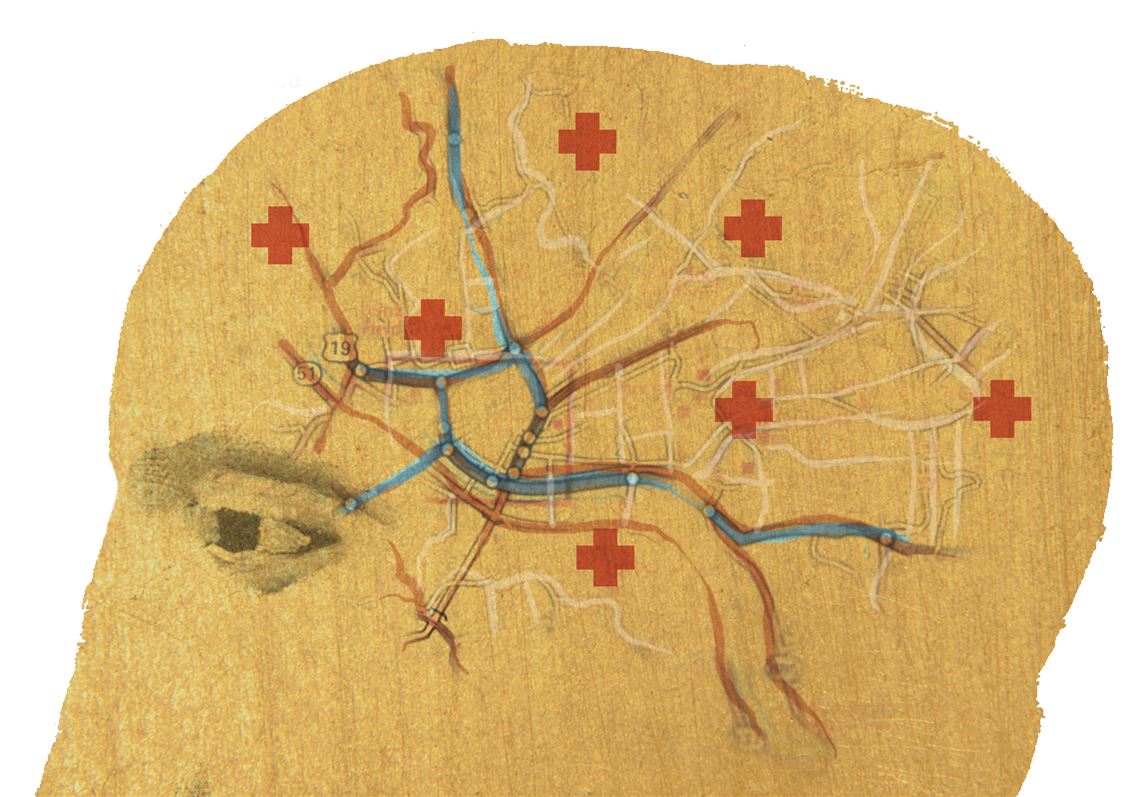“Be Prepared.”
The phrase is so familiar and homespun into American culture that many of us roll our eyes when we hear it. But we also recognize it immediately and respect it as the Boy Scout motto.
That’s where I first heard it — as a Boy Scout. I don’t know precisely why, but it had a big influence on me, and it continued to guide me successfully years later through less nurturing life experiences, such as my time in Marine Corps boot camp. “Be prepared” was implied in every drill instructor’s intimidating glare and barked order.
When I moved into business and politics, the phrase wasn’t just an aphorism to boost personal effort; it was often the prime determiner of success.
And on the evening of Jan. 23, “be prepared” literally became the prime determiner of whether I would live, die or possibly be relegated to some terrible state in-between. I not only survived a stroke; I had a complete recovery. This is the story of how that happened, and I’m hoping lessons from it may do the same for others.
I’m not sure to what degree I was actually thinking of the Scouting motto when, just before going in front of the TV cameras for the biweekly politics talk show I co-host with Joe Mistick, I had the first recognition that something was not physically right. But I know it was a contributor to my own ability to act when I realized I was experiencing classic stroke symptoms. (See “A Stroke Primer” below.)
Fortunately, I was able to tell others what was happening and that I needed immediate intervention at a hospital equipped to handle a stroke emergency. The amazing result — thanks to expert treatment quickly delivered by paramedics, nurses and specialist physicians — is that of the nearly 800,000 Americans who fall victim to strokes each year. I am among a small percentage who get treatment that reverses the effects.
In the early evening hours before the health crisis, I had no sense of any health issue as I met Joe, my political counterpoint for the show and longtime friend, for a quick dinner. We then headed to WPXI-TV’s studios where we settled into the station’s green room, the holding pen for on-air guests.
We were joking and discussing the issues lineup with our producer, host and engineer for the show when I first realized that I was having difficulty speaking the words I intended to say.
Fortunately, my brain was still functioning well enough that I was able to call up the health science information on stroke symptoms I had picked up from service with several health organizations. The first thing I remembered turned out to be the most important: Once the warning signs of a stroke are apparent, get to a hospital as quickly as possible.
As Joe remembers it, I looked directly at him and spoke slowly but calmly:
“How long before we go on air?”
“About 20 minutes, Jim. We have a lot of time.”
“Good, because I think I’m having a stroke.”
The side conversations by others suddenly stopped. Joe jumped out of his chair, knelt down in front of mine and faced me squarely. “Do you really think you’re having a stroke?”
“Yes,” I said, and suddenly he was up on his feet. There would be no politics show this night. Joe yelled to the engineer: “Call 911!” While that was happening, he called my wife, Elin, and she, in turn, immediately called my doctor.
I don’t remember much from that point. There may have been a fleeting thought of that other stroke factoid: As many as 2 million brain cells die for every minute blood flow is cut off from the brain.
Joe may not have known that exact statistic, but he knew that time was the enemy. He recalls that firefighters were in the room within minutes, but the wait seemed much longer. The first responders evaluated the situation and went through their medical emergency checklist. They were soon joined by city paramedics, who did more tests before moving me onto a gurney for transport to UPMC Shadyside, which has an emergency stroke treatment center. Apparently I was trying to talk to calm people down, but my speech was getting more muffled and slurred.
Days later, Joe told me that even though paramedics were moving me quickly out the door, I managed to scan a group from the newsroom that had gathered outside the door, and spotted anchor David Johnson. “Make sure this makes the news at 11,” I managed to tell him.
Joe followed the ambulance through Downtown but had to drop off as we turned onto the busway. He said he couldn’t help but chuckle as he remembered my saying that the one thing I missed most after leaving the chair position on the Port Authority board was being allowed to drive on the busway.
There was no joking in the ambulance. By 8:30 p.m., I was in the emergency room being evaluated by specialists from the stroke center — excellent timing for any interventions that would be needed.
The medical team already had information that confirmed I was having a stroke. The next task was to identify the type — bleeding versus non-bleeding — which would determine the course of treatment. The assessment in my case, thankfully, was no bleeding: In medical terminology I had a transient ischemic attack. Translation: a “mild stroke” caused by a blockage in an artery leading to my brain. The fortunate remedy: the tissue plasminogen activator, which helps dissolve blood clots and other types of blockages. They administered it to me immediately.
At 3 a.m., I was moved to a room and able to get some sleep. By mid-morning, the doctor stopped in to give me the good news that my stroke had been reversed.
I was lucky. My speedy recovery happened because of my own early recognition, the quick assistance from those around me and timely treatment in a hospital with competent medical professionals and the capacity to deal with stroke issues.
Thanks to wonderful friends, perfect strangers and a top-notch health system, I am less than four months out from my stroke crisis, living a full life at age 84 —with blood flow to my brain only occasionally interrupted by the heat of political arguments.
Grateful for my complete recovery, I am now regularly channeling my inner Boy Scout in the mission of educating the public on symptoms of strokes and the most important lesson: how to respond quickly and effectively.
“Be prepared” isn’t just a motto. It’s a lifesaver.
Jim Roddey is the former Allegheny County executive and a senior executive at St. Barnabas Health System.
• • •
A Stroke Primer
Signs of a stroke include the sudden onset of any of the following: numbness or weakness in the face, arm or leg, especially on one side of the body, confusion, trouble speaking or difficulty understanding speech, trouble seeing in one or both eyes, trouble walking, dizziness, loss of balance or lack of coordination or a severe headache with no known cause. Call 911 right away if you or someone else has any of these symptoms.
If you think someone may be having a stroke, act F.A.S.T., and do the following simple test:
F (Face): Ask the person to smile. Does one side of the face droop?
A (Arms): Ask the person to raise both arms. Does one arm drift downward?
S (Speech): Ask the person to repeat a simple phrase; for example, “No ifs, ands or buts.” Is the speech slurred or strange?
T (Time): If you see any of these signs, call 911 right away.
Quick treatment not only improves the chance of survival, but also may reduce complications. Therapy with clot-dissolving drugs must start within three hours for an ischemic stroke — and the sooner, the better. Emergency treatment of hemorrhagic (bleeding) stroke focuses on controlling bleeding and reducing pressure in the brain.
Note these Pittsburgh hospitals with stroke centers: Allegheny General Hospital of the Allegheny Health Network, UPMC Presbyterian, UPMC Shadyside and UPMC Mercy.
Stroke primer provided by Dr. Coleen Carignan, director of St. Barnabas Medical Center, and Michele Snyder, administrative director of St. Barnabas Medical Center.
First Published: May 7, 2017, 4:00 a.m.
